 Weird Stuff
Weird Stuff  Weird Stuff
Weird Stuff  Our World
Our World 10 Archaeological Discoveries of 2025 That Refined History
 Weird Stuff
Weird Stuff 10 Fascinating Facts You Might Not Know About Snow
 Miscellaneous
Miscellaneous Top 10 Things Crypto Was Supposed to Change & What Actually Did
 History
History 10 Huge Historical Events That Happened on Christmas Eve
 Music
Music 10 Surprising Origin Stories of Your Favorite Holiday Songs
 History
History 10 Less Than Jolly Events That Occurred on December 25
 Weird Stuff
Weird Stuff 10 Funny Ways That Researchers Overthink Christmas
 Politics
Politics 10 Political Scandals That Sent Crowds Into the Streets
 Weird Stuff
Weird Stuff Ten Bizarre Facts About The Doge Meme
 Weird Stuff
Weird Stuff 10 Weird Things People Used to Do at New Year’s
 Our World
Our World 10 Archaeological Discoveries of 2025 That Refined History
 Weird Stuff
Weird Stuff 10 Fascinating Facts You Might Not Know About Snow
Who's Behind Listverse?

Jamie Frater
Head Editor
Jamie founded Listverse due to an insatiable desire to share fascinating, obscure, and bizarre facts. He has been a guest speaker on numerous national radio and television stations and is a five time published author.
More About Us Miscellaneous
Miscellaneous Top 10 Things Crypto Was Supposed to Change & What Actually Did
 History
History 10 Huge Historical Events That Happened on Christmas Eve
 Music
Music 10 Surprising Origin Stories of Your Favorite Holiday Songs
 History
History 10 Less Than Jolly Events That Occurred on December 25
 Weird Stuff
Weird Stuff 10 Funny Ways That Researchers Overthink Christmas
 Politics
Politics 10 Political Scandals That Sent Crowds Into the Streets
 Weird Stuff
Weird Stuff Ten Bizarre Facts About The Doge Meme
10 Tragic Cases Of Children Murdered By Social Workers
Child welfare agencies were created to promote the safety and well-being of children. They investigate cases of family violence, child abuse, and neglect, and when necessary, they take protective action. The goal of social workers is to keep children with their families when it is deemed safe and to provide them with a safe environment when they are determined to be at risk.
Unfortunately, many cases are ignored or mishandled in such a way that the abused child continues to suffer. When social workers fail to act, the consequences can be deadly. Their negligence in these cases makes them almost as culpable as the perpetrators.
10 Mona Sock
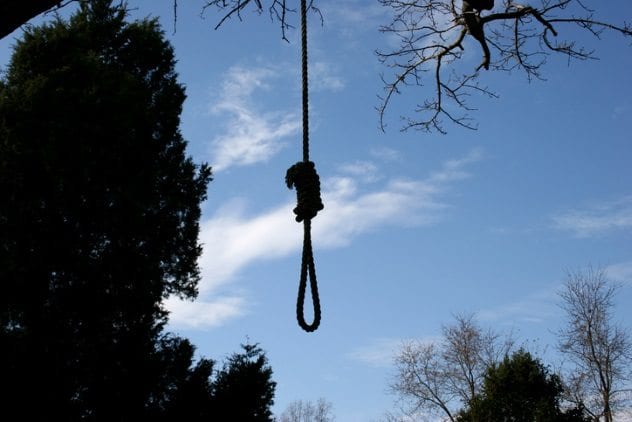
Mona Sock was born on October 25, 1993. Her mother, Martha Milliea, was unable to provide a stable home environment. After several years of floating between homes, social workers placed Mona with her older sister, Harmony, and her husband, Lonnie Francis.
On September 26, 2007, Mona, 13, was reported missing from her home in Elsipogtog First Nation, a reservation located outside Moncton, New Brunswick, Canada. Her body was later found hanging from a tree. She had taken her own life.
On the day she committed suicide, police were notified that the young girl was being molested by her foster father. Mona had told friends that if people found out about the abuse, she didn’t want to live. It was also revealed that the social workers in charge of her case had failed to perform the required background check on Lonnie Francis. Had they done so, they would have discovered that he was a convicted sex offender.
In 2009, Francis was sentenced to two and a half years in prison for sexually assaulting Mona. Her death was reviewed by the province’s child death review committee and sparked an investigation into the state of First Nations child welfare in the province.
9 Sarah Brasse
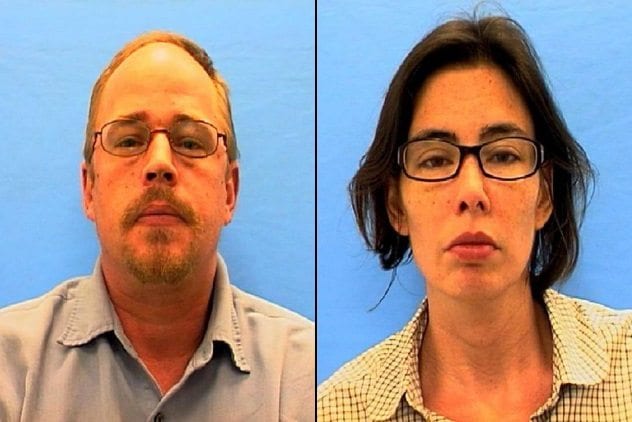
On February 5, 2009, Sarah Brasse, age eight, died of untreated acute appendicitis. In the 48 hours before her death, several people, including a police officer, contacted Child Protective Services (CPS), expressing concern that the little girl was being neglected. The CPS manager declined to open an investigation or send a caseworker to the home, even though they had been monitoring Sarah for the past two years and knew that her father had a history of failing to seek medical treatment for his children.
When paramedics and police were called to Sarah’s home in Schertz, Texas, the little girl’s body was already stiff with rigor mortis, her jaw clenched shut. She had been living in filth, and there was vomit throughout the entire home. The medical examiner concluded that had she been taken to a doctor, she probably would have lived.
In 2011, David Brasse, 39, and his fiancee, Samantha Britain, 36, were found guilty of manslaughter and injury to a child. They were sentenced to three years in prison. Their convictions were later overturned due lack of evidence. A report into CPS’s handling of the case revealed that caseworkers failed to monitor the family as required by state policy. However, investigators concluded that these violations were not to blame for Sarah’s death. No disciplinary action was taken against the caseworkers or their supervisors.
8 Aaron Minor
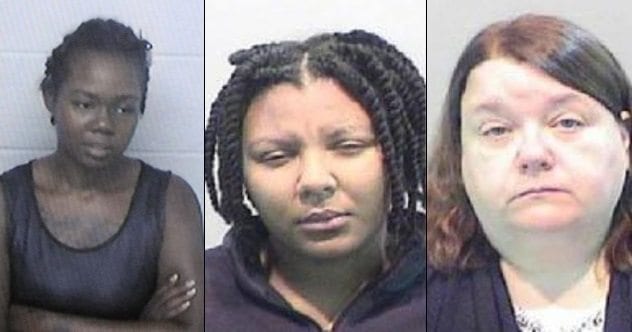
On May 25, 2016, an employee of an apartment complex in Detroit, Michigan, noticed a foul odor coming from one of the units. When he went inside the residence to investigate, he found three-year-old Aaron Minor’s decomposing body. Following this discovery, police began looking for the little boy’s mother, 28-year-old Deanna Minor. She was later located in a psychiatric hospital.
An investigation revealed that Deanna had a history of mental illness. In April 2016, her mental health worker became worried that she wasn’t able to properly care for Aaron and contacted CPS. A caseworker went to the residence and noticed that there was little food in the house but determined that Aaron was safe. The caseworkers also ignored numerous reports that Deanna was becoming increasingly incapable of taking care of Aaron and that he was at risk of being harmed.
Deanna was ultimately charged with felony murder, child abuse, and failure to report a dead body. She was found not fit to stand trial. Two social workers, Elaina Brown, 24, and Kelly M. Williams, 47, were arrested and charged with involuntary manslaughter and second-degree child abuse. The prosecution contends that the women failed to perform their legal duty to protect the boy’s well-being and safety. They are currently awaiting trial.
7 Leiliana Wright

On March 13, 2016, Jeri Quezada, 30, called 911 to report that her daughter Leiliana, age four, had injured herself after falling in the shower. When police arrived at the Grand Prairie, Texas, residence, the little girl was not breathing and had bruises covering her entire body. She was later pronounced dead at the hospital. The medical examiner ruled the death a homicide.
While being questioned by police, Quezada confessed to the murder and implicated her boyfriend, 34-year-old Charles Philfer. She told the officers that they were both shooting heroin that night. They beat Leiliana with a belt and a bamboo stick after they discovered that she was drinking her younger brother’s juice. Philfer grabbed the little girl by the throat and threw her against the wall so hard that her body left an indentation mark. Quezada and Wright were arrested and are currently awaiting trial.
After Leiliana’s death, her grandparents, Craig and Alisa Clakley, stated that they knew she was being abused and had gone to CPS several times for help. Even though they had turned over photos of the young girl covered in bruises, CPS deemed Leiliana safe after conducting one home visit. When this information was made public, CPS launched an investigation. They determined that their office had been negligent. As a result, a caseworker and supervisor were fired, and a special investigator resigned.
6 Jacob Noe
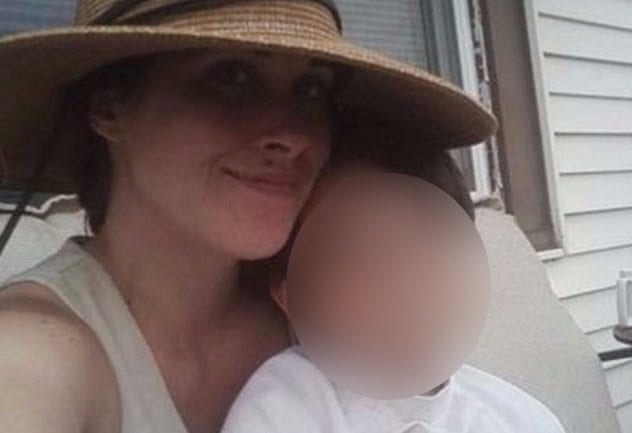
Jessica Murphy, 27, was a single mother to her eight-year-old son, Jacob Noe. In 2012, she began experiencing mental health issues. She became withdrawn and increasingly paranoid. Between 2012 and 2014, she was hospitalized four different times for psychiatric issues.
On a frigid evening in March 2014, Jessica took Jacob from their home in Buffalo, New York, without shoes or a jacket. She was having delusions that Jacob was in danger. When she brought the boy inside a restaurant, concerned customers contacted police. Jessica was admitted to the psychiatric ward, and CPS was contacted to start an investigation.
CPS concluded that Jacob was at risk, so they placed him with his father, David Noe. When Jessica was released from the hospital, Jacob was returned to her. Two months later, Jessica went into Jacob’s bedroom while he was sleeping and stabbed him to death. When police arrived, Jessica told them that she did it to save her son from going to Hell. She was arrested but was deemed unfit to stand trial. She is currently in a psychiatric facility. Following Jacob’s death, the CPS worker who had his case was fired. David Noe has filed a lawsuit against the county.
5 Baby Russell

When Sarah Russell and Rodney Miller’s son almost died from suspected shaken baby syndrome, he was removed from their care. Although there wasn’t enough evidence to charge the couple, the boy remained in foster care, and the parents were limited to supervised visits. It was during one of these visits that social workers noticed that Sarah appeared to be pregnant. Knowing the baby would be seized at birth, Sarah denied the allegation when confronted by her caseworker.
On January 17, 2009, Sarah gave birth at her home in Moores Mills, New Brunswick. The couple hoped the baby would either be stillborn or would die of natural causes. When Miller saw the infant’s hands move, he grabbed a knife and stabbed him in the heart. The following day, Sarah carried the baby outside and watched as Miller set fire to the body.
A short time later, Sarah went to visit her son. Social workers became worried that she no longer appeared pregnant and contacted police. Cadaver dogs found the body behind the couple’s home. For want of a proper given name, the infant became known after his death as “Baby Russell.”
Sarah, 20, was sentenced to 30 months for criminal negligence causing death. Miller, 27, pleaded guilty to first-degree murder and was sentenced to life in prison without the possibility of parole for 25 years. The province’s minister of social development promised to look into ways to better protect at risk children.
4 Jeffrey Baldwin
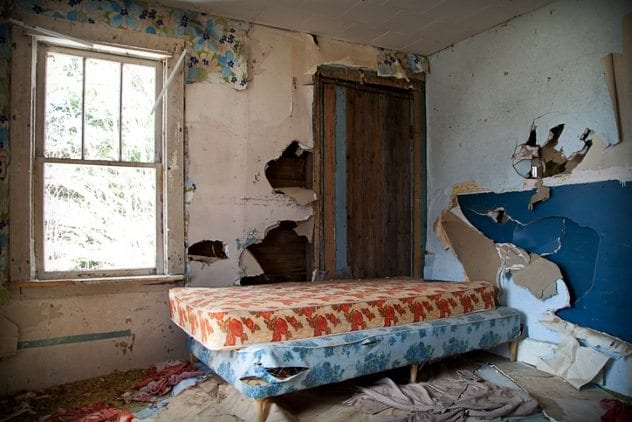
Jeffrey Baldwin was born on January 20, 1997. He died on November 30, 2002, after terrible abuse at the hands of his grandparents.
In 2002, Jeffrey and his three siblings were removed from their parents’ care amid allegations of abuse. The Catholic Children’s Society placed the children with their grandparents, Elva Bottineau and Norman Kidman. The agency did not complete the required background check on the couple. Had they done so, it would have revealed that they were both convicted of child abuse.
On the evening of Jeffrey’s death, his grandparents called 911 to report that he had stopped breathing. When paramedics arrived at the home in Toronto, they were unable to revive him. The coroner determined that Jeffrey died of septic shock from malnutrition and bacterial pneumonia, which was caused by sleeping in his own waste. At the time of his death, the five-year-old weighed 9.5 kilograms (21 lb).
The grandparents were arrested and charged with second-degree murder. During the trial, the horrific details of Jeffrey’s suffering were revealed. He and his sister were confined for up to 14 hours a day to their unheated bedroom, which was soaked with urine and stained with feces. Experts likened Jeffrey’s body to that of a starving child in a third world country.
Bottineau and Kidman were found guilty and sentenced to life in prison without the possibility of parole for 22 and 20 years, respectively. The coroner’s inquest into Jeffrey’s death issued over 100 recommendations aimed at closing gaps in the system.
3 Serenity
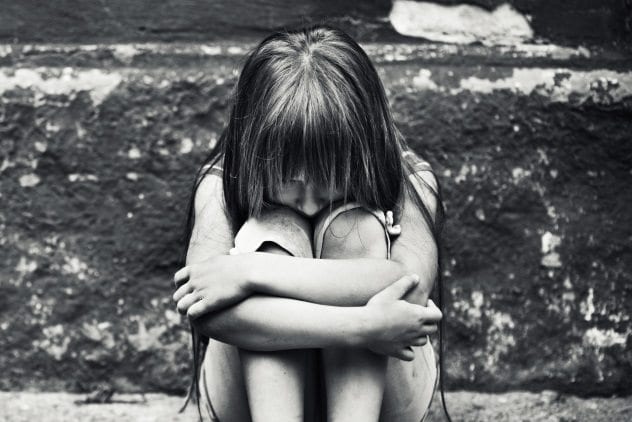
The tragic death of four-year-old Serenity is cloaked in secrecy. As of this writing, more than two years later, the medical examiner has not released her cause of death. Government officials who oversee agencies for at risk children have been denied a copy of the autopsy report. Her death has yet to be ruled a homicide.
Serenity and her two older siblings were taken away from their parents amid abuse allegations. They were sent to live with relatives on a reservation located in Alberta. The children were left with the couple despite numerous complaints of abuse. Social workers did not check on the children in the 11 months before Serenity’s death.
On September 18, 2014, Serenity was airlifted to a hospital in Edmonton. Her guardians told doctors that she had fallen from a tire swing. Doctors determined that she had suffered a severe brain injury, with no hope of recovery. In addition to bruising on her chest and back, she had genital bruising and unusual bruising around her anus. She weighed 8.2 kilograms (18 lb). A forensic pediatrician determined that her injuries were inconsistent with a fall. Serenity remained on life support long enough for her birth parents to say goodbye to her.
Serenity’s death triggered an emergency debate in the Alberta legislature. In 2016, the provincial government announced that it was forming an all-party committee to explore the circumstances surrounding Serenity’s death. So far, no one has been charged in her death.
2 Jackie Brewer
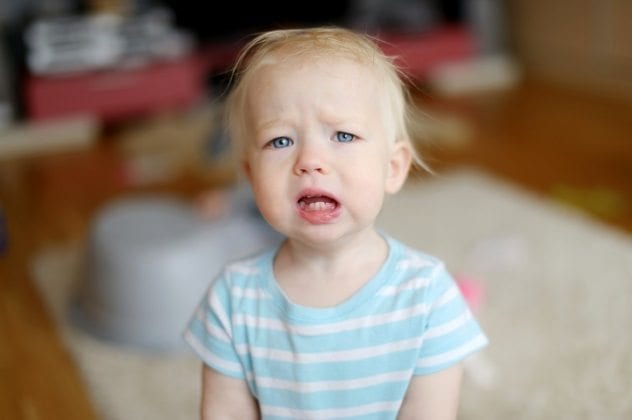
Sherry Bordage, then living in Ontario, had heard rumors that her brother, Marc Janes, and his girlfriend, Helen Brewer, were drug addicts who were neglecting their three young children. In the summer of 1996, Bordage returned to her hometown in Saint John, New Brunswick, to find out what was going on. Nothing could prepare her for what she found.
As soon as she entered the apartment, she was hit with the smell of garbage and urine. The children, Sonya, age four, Jackie, age two, and Ryan, ten months old, were pale, thin, and disheveled. Jackie wasn’t able to walk or talk. Bordage left the apartment and called social services. The next day, she followed up in person, offering to take custody of the children. Social workers promised to look into the case, but the children remained at home.
A few months later, on December 17, Jackie died. It was more than nine hours before her parents noticed. Their pet chinchilla had begun feeding on the body. The coroner determined that Jackie died from dehydration. She hadn’t had anything to drink for about six days.
Janes and Brewer were convicted of manslaughter and were each sentenced to three years and nine months in prison. During their trial, it was revealed that social workers received 16 complaints over the span of three years. The children were even taken away once, only to be sent back. After Jackie’s death, politicians vowed to make changes to prevent another tragedy. They created a child death review committee, whose job is to analyze the deaths of children who had been in care or who had received social services.
1 Shaun And Delylah Tara
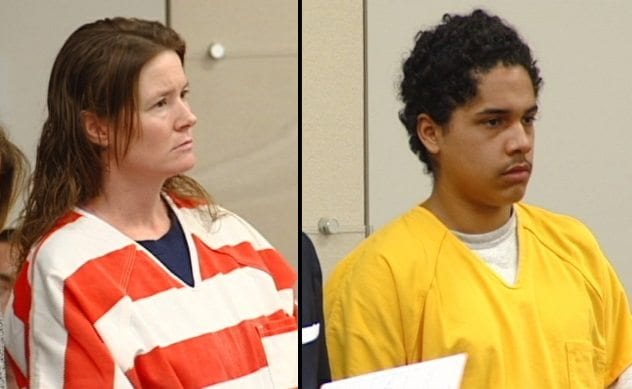
Shaun, age six, and his sisters, Delylah, age three, and a nine-year-old who cannot be named, knew only tragedy and suffering in their short lives. While living with their parents, social workers made numerous visits to their home to investigate reports of neglect and abuse. In 2013, their mother committed suicide. A few months later, their father was sentenced to prison on drug charges. The children were sent to live with their aunt, Tami Huntsman, and her boyfriend, Gonzalo Curiel.
After being placed with the couple, CPS began receiving complaints that the children were being abused. During a home visit in August 2016, a social worker found the siblings living in filth, with cockroaches scurrying across their bedroom walls. They had bruises, and their legs were bloodied from scratching their many flea bites. The nine-year-old’s head was shaved due to lice. The kids told the worker they felt safe, and she left the apartment. That was the last time a social worker visited the residence.
On December 11, police officers found the nine-year-old lying in a car with broken fingers and a dislocated jaw. She was infested with lice and weighed 18 kilograms (40 lb). Two days later, Shaun and Delylah were found dead in barrels kept in Huntsman’s storage locker in Redding, California. Judging by the decomposition, their bodies had been there for at least a week.
Huntsman, 39, and Curiel, 17, were arrested and charged with murder, torture, and child abuse. They are currently awaiting trial. If convicted, Huntsman faces the death penalty. Since Curiel was a minor when he committed the crimes, he faces life in prison without the possibility of parole. When asked to comment, a CPS representative stated, “We’re looking at the case to see if there’s anything we should have done differently that could have prevented this tragedy.”








